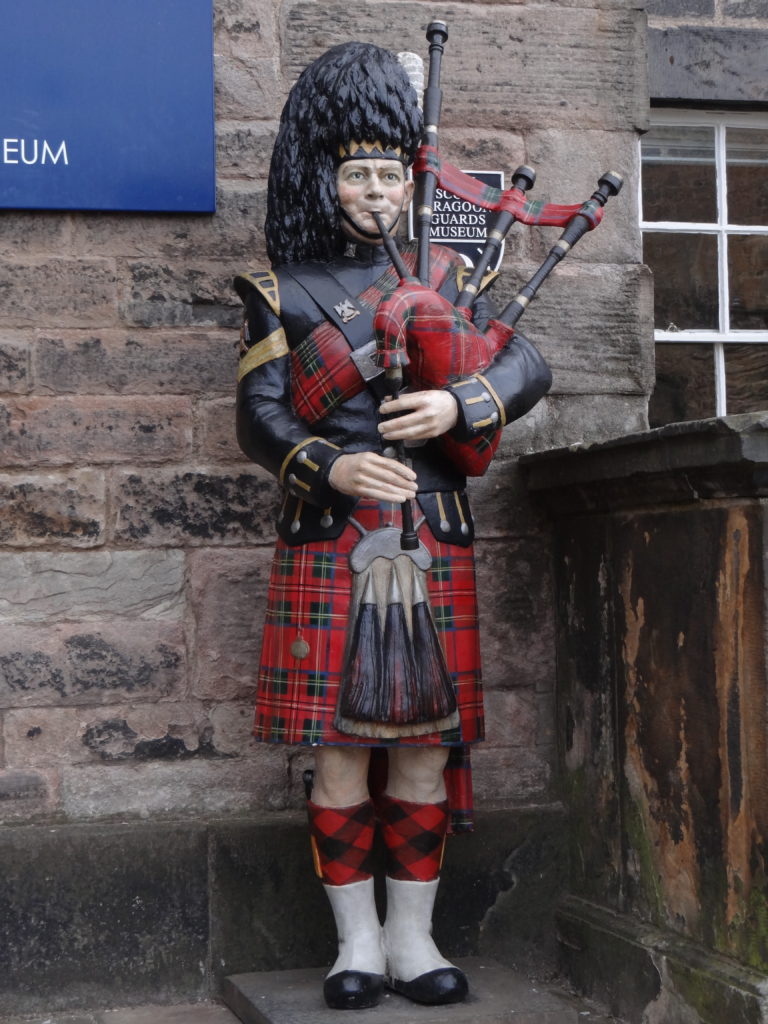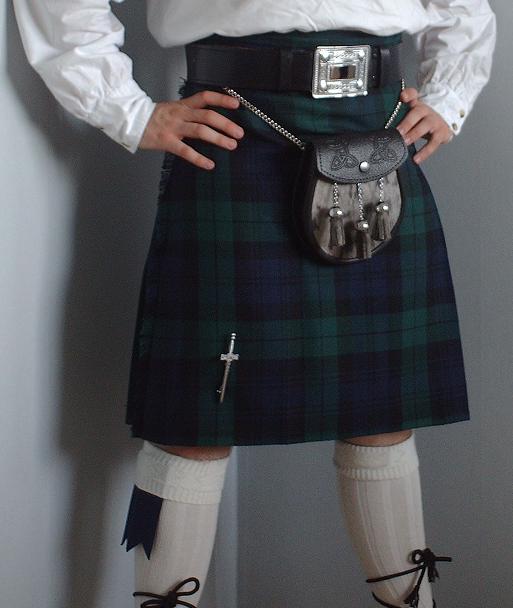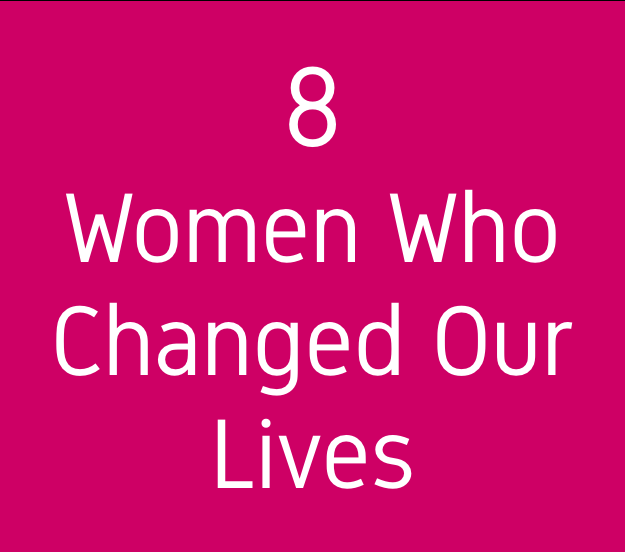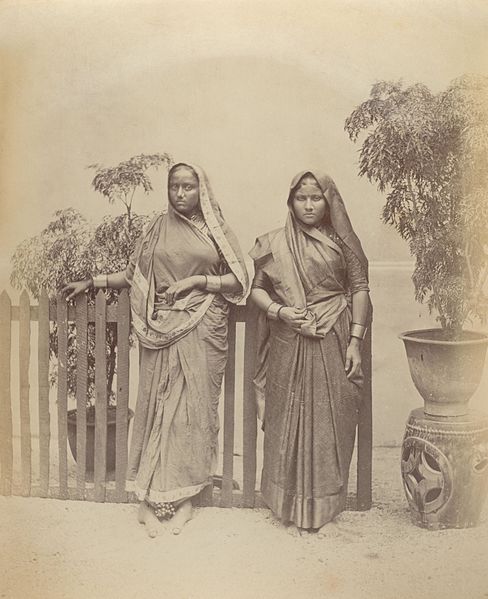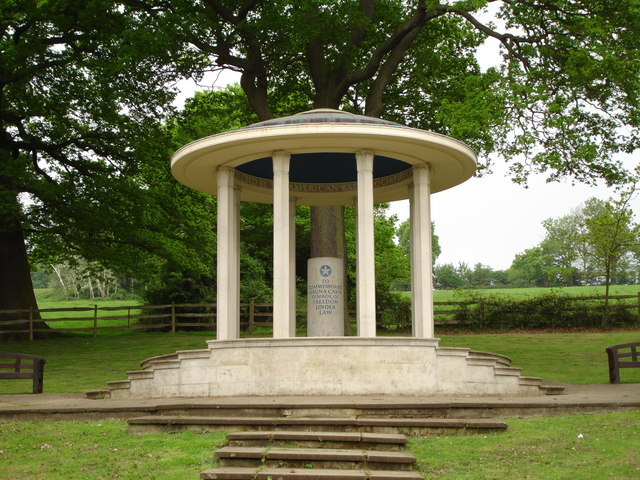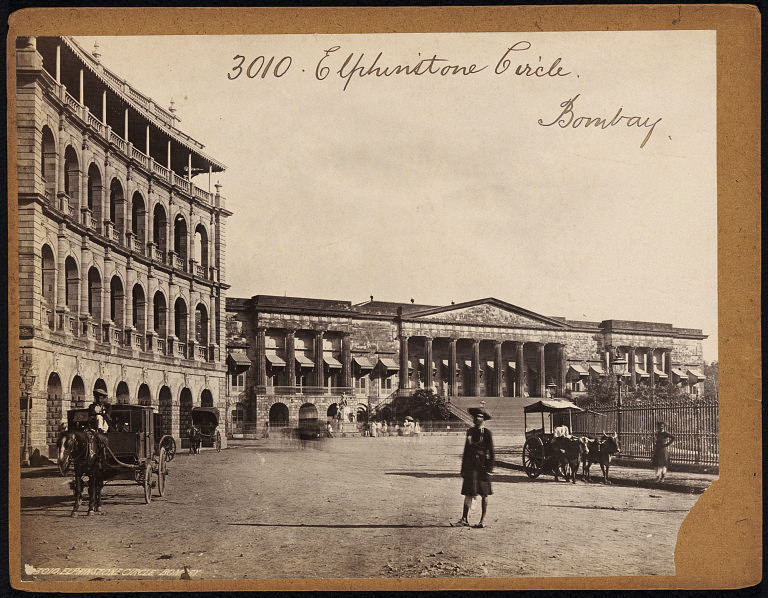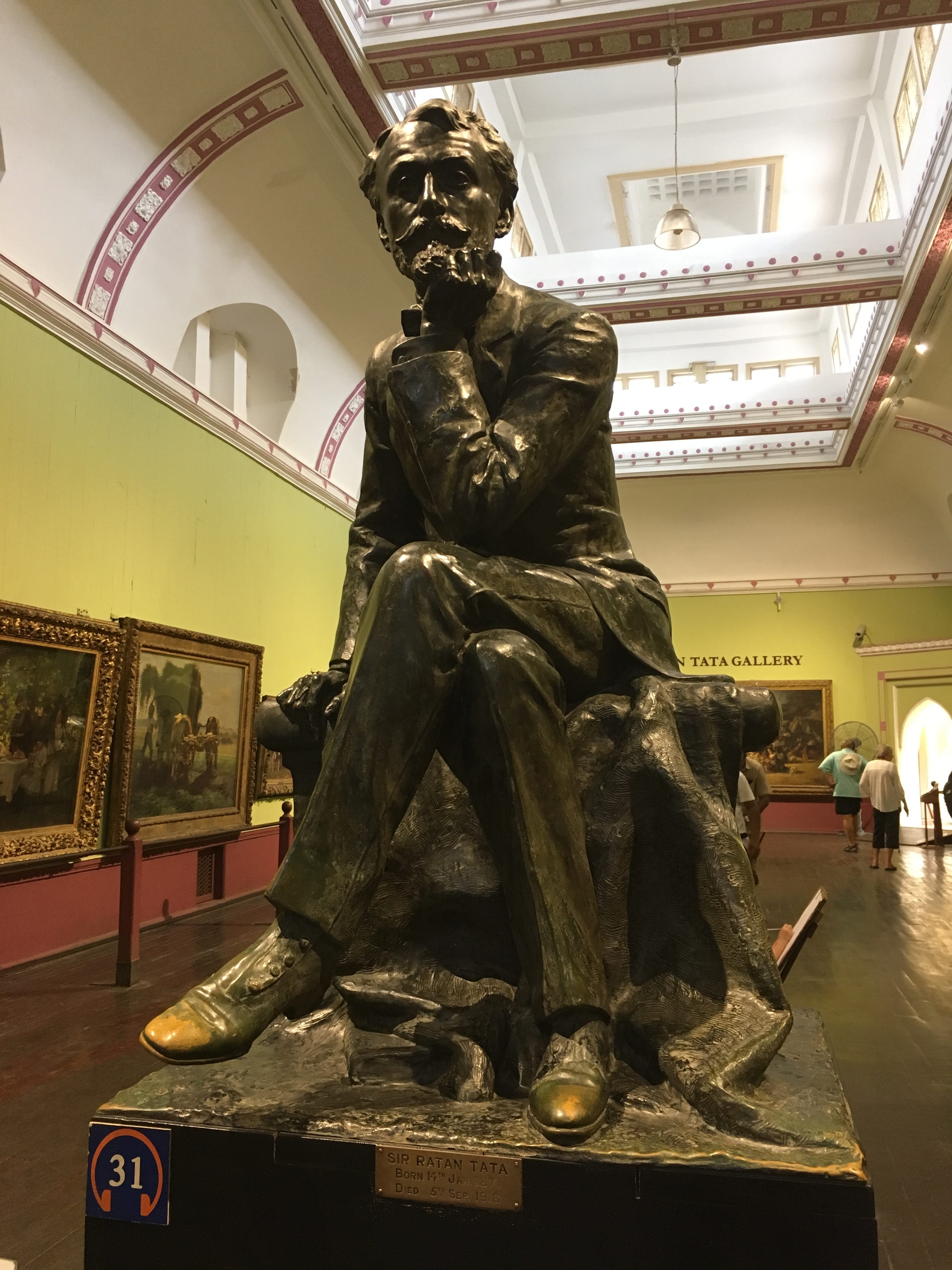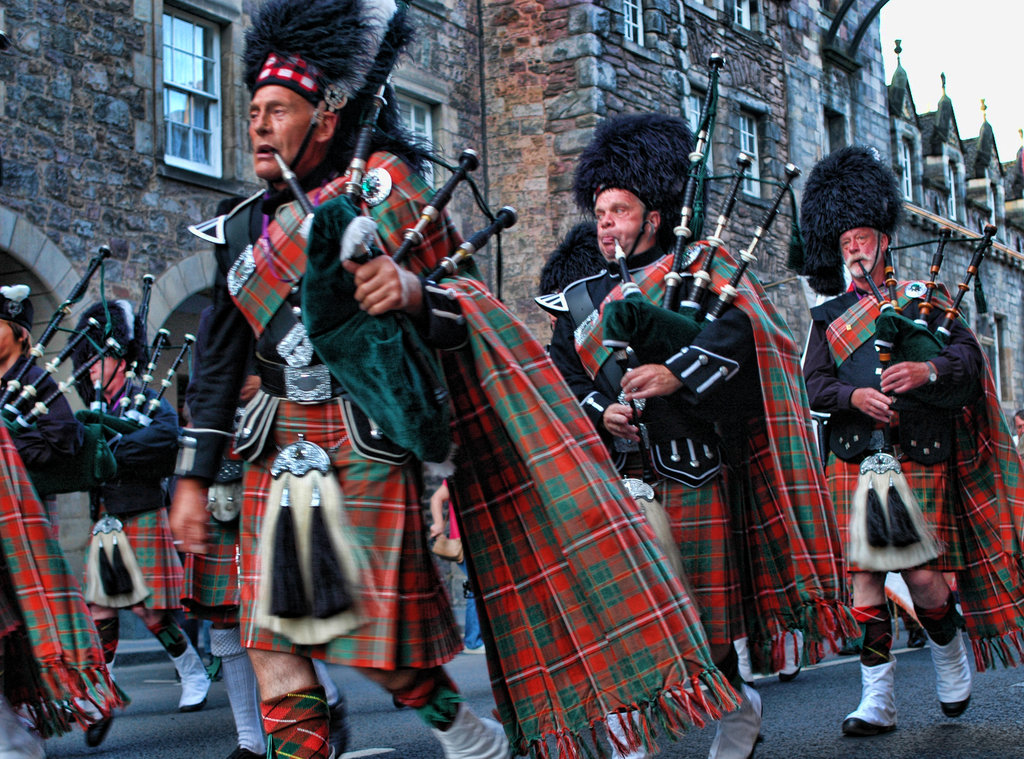
The History of Kilts
History of the Kilts
The story of how Scotland’s Traditional Dress Came to Be
Home to the most stunning landscapes this planet has to offer with a castle or two nestled between the majestic mountains, cool refreshing breeze that carries the tune of a bagpipe and a whiskey to keep you warm, this is Scotland. A country known for its ‘Harry Potter’ bridge, and men wearing skirts, at least that’s what part of the world thinks this clothing is, a skirt.
These ‘skirts’ are technically called Kilts and worn by Scottish men as a traditional dress. If you were to visit Scotland, you’d find most guides and a few guards around castles wear these kilts. They indeed make you look smart!
In a country situated close to the North pole, the weather is chilly most of the year. Looking back in Scottish history, life in the Highland was tough. The Highlanders had to protect themselves from the bitting cold amidst the many regional conflicts that often took place in this land especially with the English in the south.
A Kilt, despite being a skirt, is thus made from wool.
However you mustn’t be fooled to believe that ‘kilts’ have been a part of Scottish society ever since the Highlanders settled at Din Eidyn, the present day capital of Scotland: Edinburgh.
The origin of this traditional garment is fragmented and a source of historical controversies. The English claim they invented it, the Irish claim they designed it and the Scottish assume they have the sole rights to it.
However after a bit of research, as a person who belongs to neither of these regions, I think the origins of the kilt lies with the Highlanders themselves.
The apt description of a traditional Scottish garment can only be traced to the 16th century. There is a mention in Gaelic of ‘feileadh-mór’ or a Great Wrap.
Since things like zippers and velcro didn’t exist back then, if you had to be up and about early in the morning, wearing layers and layers of material to be tied together using strings like Henry VIII did each morning, would be a difficult task indeed. Especially since you weren’t a King with special people who helped you dress up.
The Highlanders in the North did the practical thing and invented a blanket come garment to keep them warm. Records suggest that the Scottish ‘plaide’ was used as early as the 16th century. This plaide or plaid was a woollen shawl 10 to 12 yards long and 25” wide. This shawl would be wrapped around until it reached a man’s calf and fixed in place with a tight belt at the waist. This style was called feileadh-mór.
The authentic way to wear a feileadh-mór has not been documented but pictures suggest that each had his own way of styling a feileadh-mór, it would depend on the type of work you did. The garment would be folded to form a bag around the legs, or could be used as a shield from the cold.
These kilts however didn’t come in the plethora of ‘tartans’ you’d encounter in the souvenir shops located on the Royal Mile!
—————————–
Are you enjoying ‘History of the Kilts’
You might like to read about the Royal Yacht Britannia At Edinburgh, Scotland
—————————-
The concept that each Scottish clan has its own Tartan not to be worn by anyone outside the clan is rather a false notion. It is only the Queen’s trademark purplish Tartan that’s trademarked for a British Royal.
Back then, these feileadh-mór garments were rather bland or brownish designed to camouflage with the surroundings. The more money you had, the more colourful tartans you could afford and wrap yourself in.
A century later, Highlanders decided to change their great wrap feileadh-mór into a more convenient one. This 10-12 yard long plaid was reduced to a 4 to 5 yard long one. With half the original plaid, the feileadh-mór became a feileadh-beag (pronounced ‘phillabeg’ in English).
This new feileadh-beag closely represented a kilt. A feileadh-beag was also dubbed as the ‘walking kilt.’
In 1730s, an English man Thomas Rawlinson from Lancashire set up an iron-smelting factory in Inverness. I don’t know why he travelled so high up to build a factory in a place that enjoys a 10°C summer.
This man a few English historians claim, invented the Kilt when he asked his ‘Great Wrap’ wearing employees to switch to a skirt like plaid.
While the Irish pitch in and claim that the ‘Plaid’ represents their version of a ‘brat’ (not a boy but a garment mind you) stating that the kilt is theirs.
However the true origins are as yet unknown.
It is almost surprising that France, across the Channel, hasn’t piped in with a French kilt like they did with French fries, croissants and wine!
Jokes apart, the kilt in the 18th century, came under the radar of the Hanoverian King George II. In an attempt to subdue the Jacobites, the English decided to attack Scotland’s traditions. The only plausible Scottish item was the Kilt (ridding Scotland of its whiskey would have been a problem indeed, don’t ya think?)
The Dress Act, 1746 banned the ‘Highland Dress’ from use. The only exception was the Scottish leg of the army which was allowed to wear their uniform kilts.
—————————–
Are you enjoying ‘History of the Kilts’
You might like to read about Scotland’s Edinburgh Castle
—————————–
A History Lesson: England and Scotland merged with the Acts of Union, 1707 under a common monarch. Thus the English monarch could impose Acts on Scotland. This Acts of Union still bind Scotland and England together.
This repression however increased the love for Kilts in Scotland and also in England. Rebels began wearing a kilt in protests against this act.
Finally King George III in 1782 repelled this Act. When his son King George IV visited Scotland wearing a Kilt himself, all was well.
The English though came up with a new concept of patenting a particular colour tartan to a particular Scottish clan. This soon became a social norm and custom which till date makes tourists and others believe that each Scottish clan has its own age old heirloom of tartan cloth that they own.
The Kilt and such tartan patterns further got endorsement from Queen Victoria who loved Scotland too. She is known to have asked a Scottish clan leader to meet her wearing his original tartan colours which in reality he never had!
A century and half later, the kilt is worn with pride by everyone with even a little vial of Scottish blood in them. The Kilt is a compulsory uniform in the Highland games held each summer weekend, it is the uniform worn by the Scottish Queens Guards and a common dress at weddings, celebrations and other traditional ceremonies.
If you’re ever in Scotland you’d even find a man or two wearing kilts and playing a bagpipe. That my friends is as Scottish as it ever gets!
Have you been to Scotland? Isn’t it just lovely? Type ‘yes’ if you think it is in the comments section below.
If you liked reading ‘History of the Kilts’ share it with your friends on social media too!
https://youtu.be/wkVRhXaVV6g





